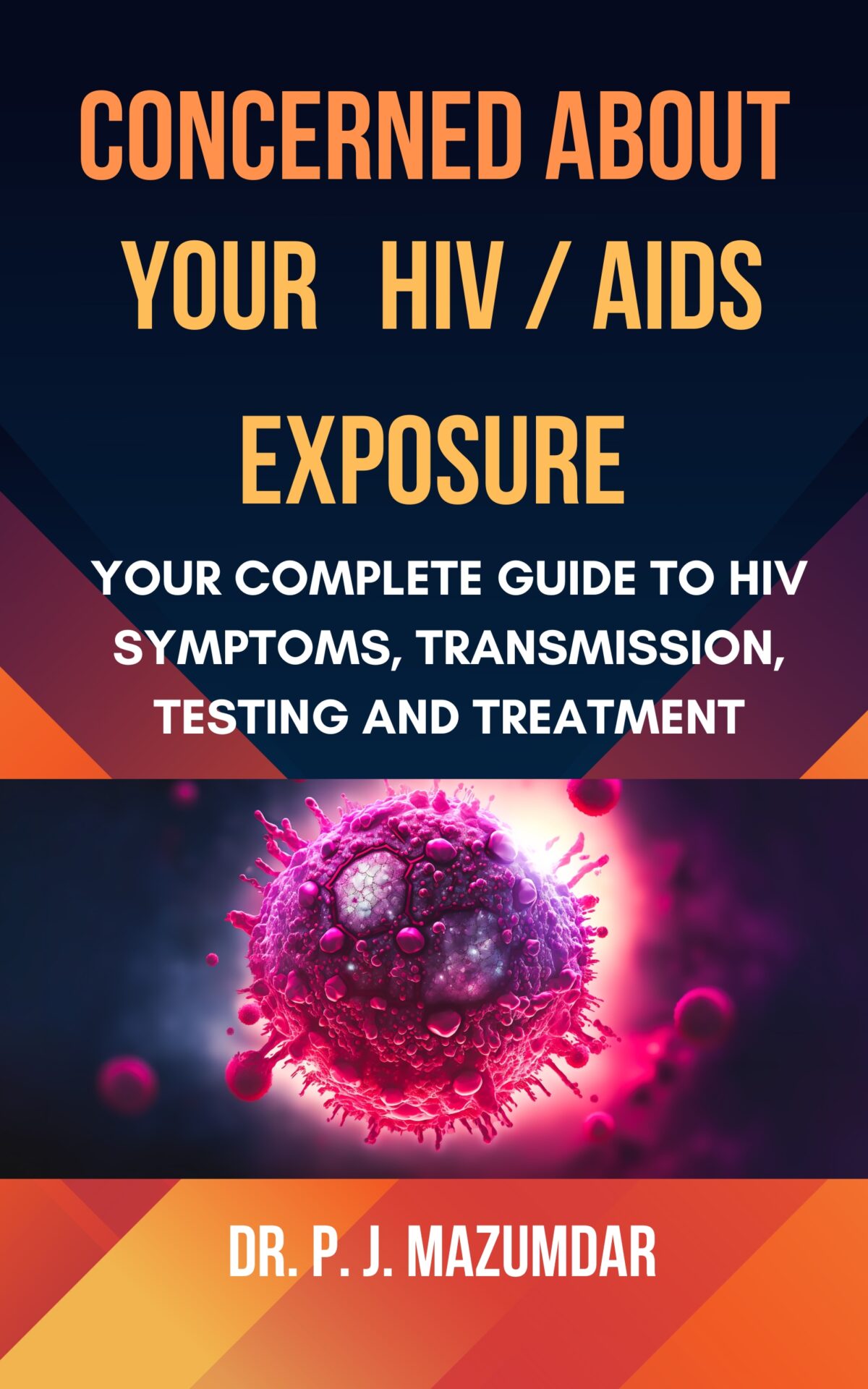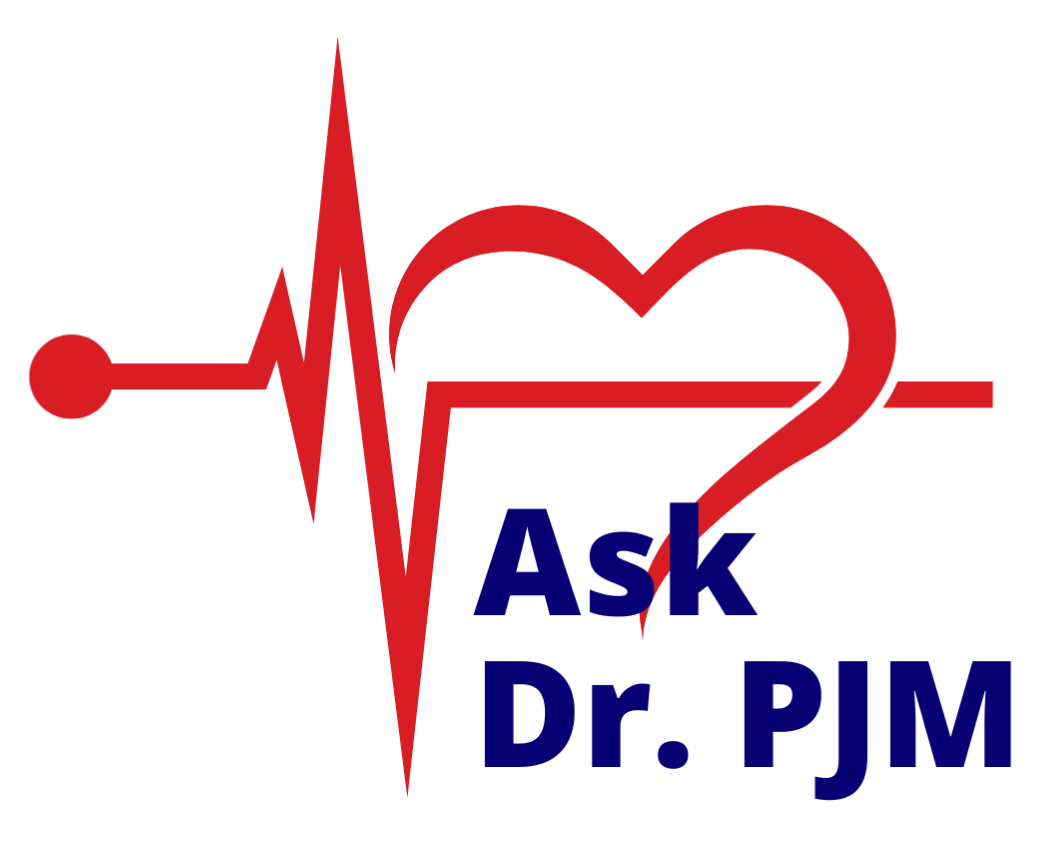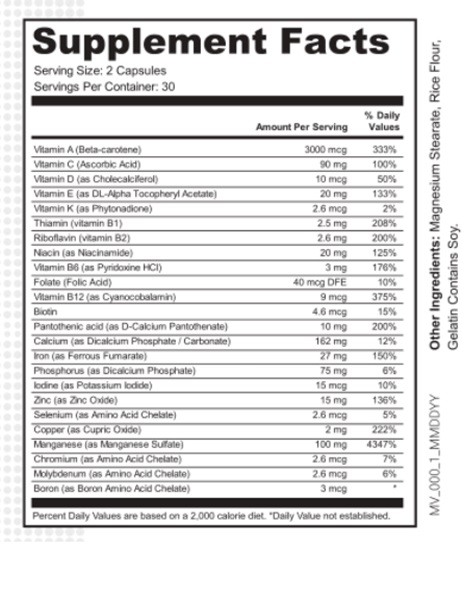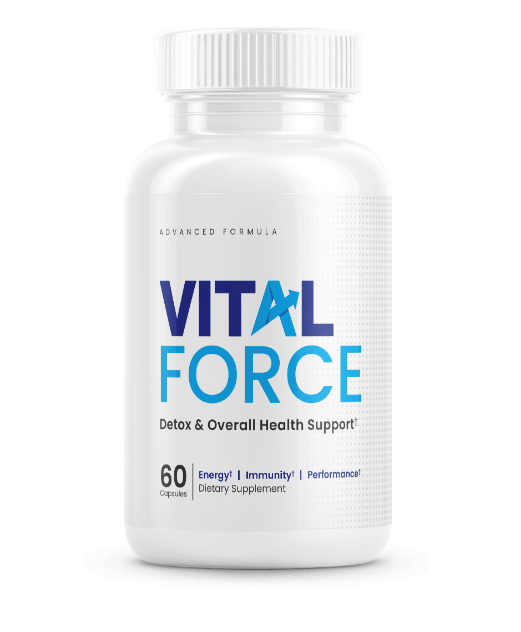HIV and Kissing: What You Need to Know
Kissing is one of the most common ways people express affection, whether it’s between friends, family members, or romantic partners. But when it comes to HIV, a virus often surrounded by myths and misunderstandings, many people wonder: can you contract HIV through kissing? In this article, we’ll explore the science behind HIV transmission, focus specifically on kissing, and address common questions surrounding this topic.
Table of Contents
- Introduction to HIV and Transmission
- Can HIV Be Transmitted Through Kissing?
- Types of Kissing and Risk Factors
- Open-Mouth Kissing and Potential Risks
- Saliva and HIV: The Science Explained
- Special Cases: Cuts, Sores, and Bleeding Gums
- What the Experts Say About HIV and Kissing
- Addressing Myths and Misconceptions
- Protecting Yourself and Staying Informed
- When to Get Tested
- Conclusion: HIV, Kissing, and Safe Affection
1. Introduction to HIV and Transmission
HIV (Human Immunodeficiency Virus) is a virus that affects the immune system by attacking specific cells that help the body fight infections. If left untreated, HIV can progress to AIDS (Acquired Immunodeficiency Syndrome). Understanding how HIV is transmitted is key to both preventing its spread and reducing the stigma that surrounds it. HIV is primarily spread through:
- Blood
- Semen
- Vaginal fluids
- Rectal fluids
- Breast milk
For HIV transmission to occur, these fluids must come into direct contact with the bloodstream, usually through open cuts, sores, or mucous membranes.
Have Questions or Concerns About HIV?
Worried about HIV testing, symptoms, transmission, or treatment? Need personalized answers from an expert you can trust? Dr. PJM is here to help. With over 28 years of experience, Dr. PJM offers reliable, personalized guidance tailored to your HIV concerns.
This is a paid consultation service, ensuring you get dedicated attention and expert advice.
Visit the Home Page and Ask Dr. PJM Now!Get the Answers You Need, Today!
2. Can HIV Be Transmitted Through Kissing?
The short answer is: no, HIV is not transmitted through kissing. The virus is not spread by casual contact, such as hugging, holding hands, or even most types of kissing. In fact, HIV transmission through kissing is so rare that it is generally considered negligible.
The Centers for Disease Control and Prevention (CDC), World Health Organization (WHO), and numerous medical organizations agree that HIV cannot be spread through saliva. This is because saliva contains enzymes that break down the virus and inhibit its ability to infect another person.
3. Types of Kissing and Risk Factors
While HIV transmission through kissing is highly unlikely, it’s useful to examine the different types of kissing to understand why the risk is so low.
- Peck on the Cheek: A quick peck or kiss on the cheek does not involve an exchange of bodily fluids and therefore poses absolutely no risk of HIV transmission.
- Closed-Mouth Kissing: This type of kiss, even if on the lips, does not generally involve enough saliva exchange to pose any threat.
- Open-Mouth or “French” Kissing: Although this type of kiss involves more saliva, it still does not present a significant risk for HIV transmission. However, there are some caveats that we’ll explore in the next section.
4. Open-Mouth Kissing and Potential Risks
While the risk remains extremely low, there are rare circumstances where open-mouth kissing could theoretically pose a risk. If both partners have open cuts or sores in their mouths or are actively bleeding due to gum disease, there may be a minimal risk. This is because blood, unlike saliva, can carry a high viral load.
However, documented cases of HIV transmission through open-mouth kissing are exceptionally rare. In fact, only one case has ever been suggested in scientific literature, and even that case had additional complicating factors that make it an outlier.
5. Saliva and HIV: The Science Explained
Understanding why saliva is unlikely to transmit HIV requires a closer look at its composition. Saliva contains natural enzymes and proteins that inhibit the virus’s ability to replicate and spread. Here’s how saliva protects against HIV:
- Enzymes in Saliva: Saliva has several enzymes, like peroxidase and lysozyme, that are thought to break down the virus.
- Low Viral Load: Even if a person with HIV has a detectable viral load in their blood, the amount present in their saliva is typically negligible, far too low to cause infection.
- Protective Factors: The protein SLPI (secretory leukocyte protease inhibitor) in saliva has also been shown to inhibit HIV activity, further reducing risk.
6. Special Cases: Cuts, Sores, and Bleeding Gums
While everyday kissing is safe, special considerations arise if there are cuts or open sores in the mouth, especially if both partners have them. Conditions such as gingivitis, gum disease, or recent dental work can increase the risk of minor bleeding, but even then, the risk remains very low.
If you or your partner have active bleeding in the mouth, it’s wise to avoid deep kissing until it has healed, not just for HIV but also for other bacterial infections that can be transmitted through open wounds.
Worried After a Possible HIV Exposure?
Are you concerned about a possible HIV exposure? Do you seek reliable information to navigate your concerns and make informed decisions about your health? Look no further. Dr. P. J. Mazumdar, a highly experienced physician with over 28 years of expertise, offers a meticulously researched book that provides essential guidance and support.

This book provides the information you need for your clarity and understanding.
Don’t Wait. Get Informed.
Available on Amazon Kindle!
Buy Your Copy of “Concerned About Your HIV / AIDS Exposure” Now!7. What the Experts Say About HIV and Kissing
The Centers for Disease Control and Prevention (CDC) and other health organizations emphasize that HIV transmission through saliva is not a concern. According to the CDC, kissing on the lips or engaging in open-mouth kissing does not spread HIV. The only documented case was exceptionally rare, with complicating factors, and should not be seen as a typical risk.
Additionally, HIV prevention guidelines published by the CDC and WHO do not list kissing as a risky behavior for HIV transmission. The vast majority of HIV transmissions occur through unprotected sex, needle sharing, or other direct blood-to-blood contact.
8. Addressing Myths and Misconceptions
Many myths still surround HIV, and some of these relate to kissing:
- Myth: You Can Get HIV from Any Contact with an HIV-Positive Person: HIV is not spread through casual contact, like touching or kissing. Hugging, handshakes, and close proximity are entirely safe.
- Myth: Saliva Transmits HIV: Saliva contains substances that make it almost impossible for HIV to be transmitted.
- Myth: HIV Can Be Spread by Sharing Utensils or Food: Eating, drinking, or sharing utensils does not transmit HIV.
By debunking these myths, we can reduce the stigma around HIV and encourage healthier social interactions.
9. Protecting Yourself and Staying Informed
While kissing is generally safe, it’s still important to practice good hygiene and self-care. Here are a few tips for minimizing any risks:
- Practice Good Oral Hygiene: Keeping gums and teeth healthy reduces the risk of cuts and bleeding.
- Avoid Kissing if Either Partner Has Active Oral Wounds: If either person has sores or bleeding, consider waiting until it’s healed before engaging in open-mouth kissing.
- Get Tested Regularly: Knowing your HIV status and that of your partner is one of the best ways to protect yourself and make informed decisions.
10. When to Get Tested
Testing for HIV is recommended for everyone at least once in their lives and more frequently for those with higher risk factors, such as having unprotected sex or sharing needles. While kissing isn’t a risk factor for HIV, if you or your partner are concerned about potential exposure through other means, getting tested can provide peace of mind.
Modern HIV tests are accurate and readily available. Options include rapid tests, lab tests, and at-home tests. Early detection of HIV leads to better health outcomes and allows individuals to take precautions to avoid spreading the virus.
11. Conclusion: HIV, Kissing, and Safe Affection
In summary, the risk of contracting HIV through kissing is negligible. Saliva has natural properties that inhibit HIV transmission, and health experts agree that kissing is safe even with an HIV-positive partner, as long as there are no open sores or active bleeding. By understanding the facts, you can safely express affection without fear or stigma.
Kissing, when informed and consensual, should remain a safe and enjoyable way to connect with others. Educate yourself, stay informed, and remember that HIV is primarily spread through other means. For those with questions about HIV transmission, talking to a healthcare provider can provide more personalized information and help alleviate any remaining concerns.
Boost Your Immunity and Health with Vital Micronutrients
A good balanced diet plays a vital role in our lives. It is crucial for our immunity, which protects us not only from infectious diseases but also from chronic conditions like cancer and autoimmune diseases. Proper nutrition keeps our organs healthy, provides energy, supports our reproductive system, keeps us strong, and benefits us in countless other ways.
A well-rounded diet supplies essential micronutrients like vitamins and minerals. But in the fast pace of modern life, few of us can claim to maintain a perfect diet. That’s where supplements come in. Ensuring we get these critical nutrients helps prevent deficiencies that could negatively impact our health.
One highly recommended product is Vital Force. It contains all the essential vitamins, minerals like magnesium and calcium, and powerful antioxidants like curcumin, all in a balanced composition. Taking two capsules a day can strengthen your immunity and support a healthy, productive life.
This is an affiliate link, and I will earn a small commission if you make a purchase.
Buy Vital Force Now!Always consult your healthcare provider before starting any new supplement. This is for informational purposes only and not a substitute for professional medical advice.







